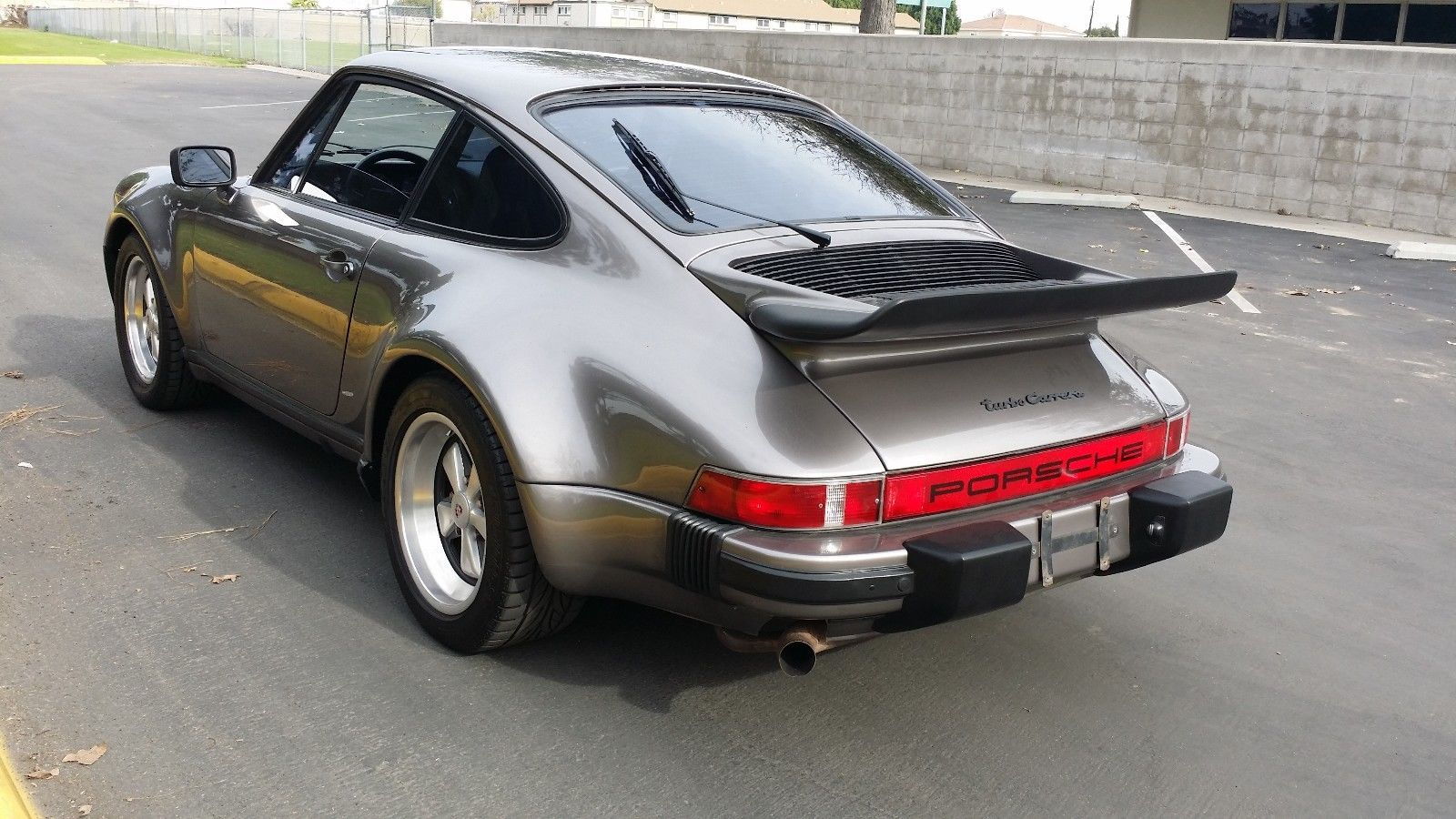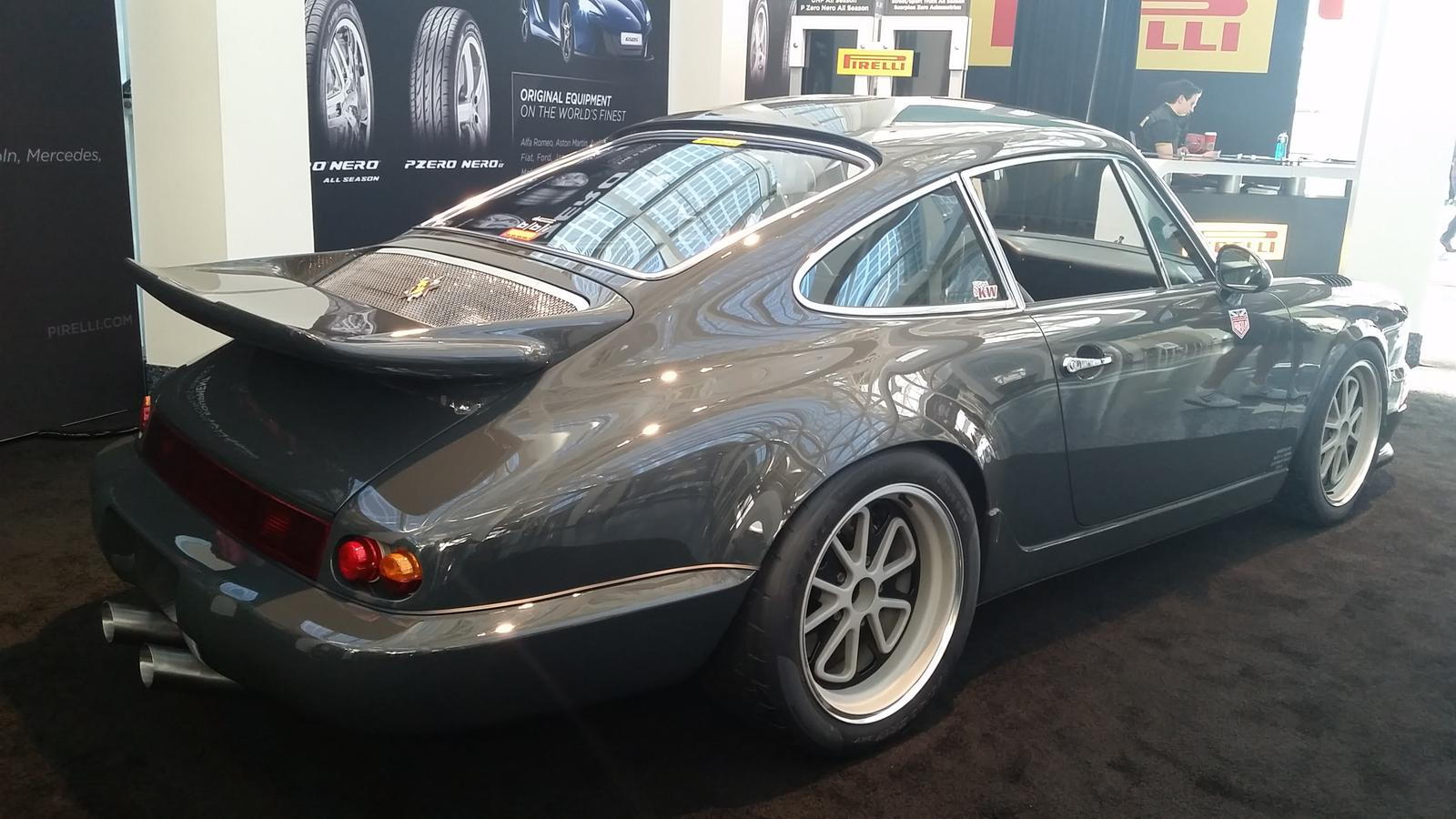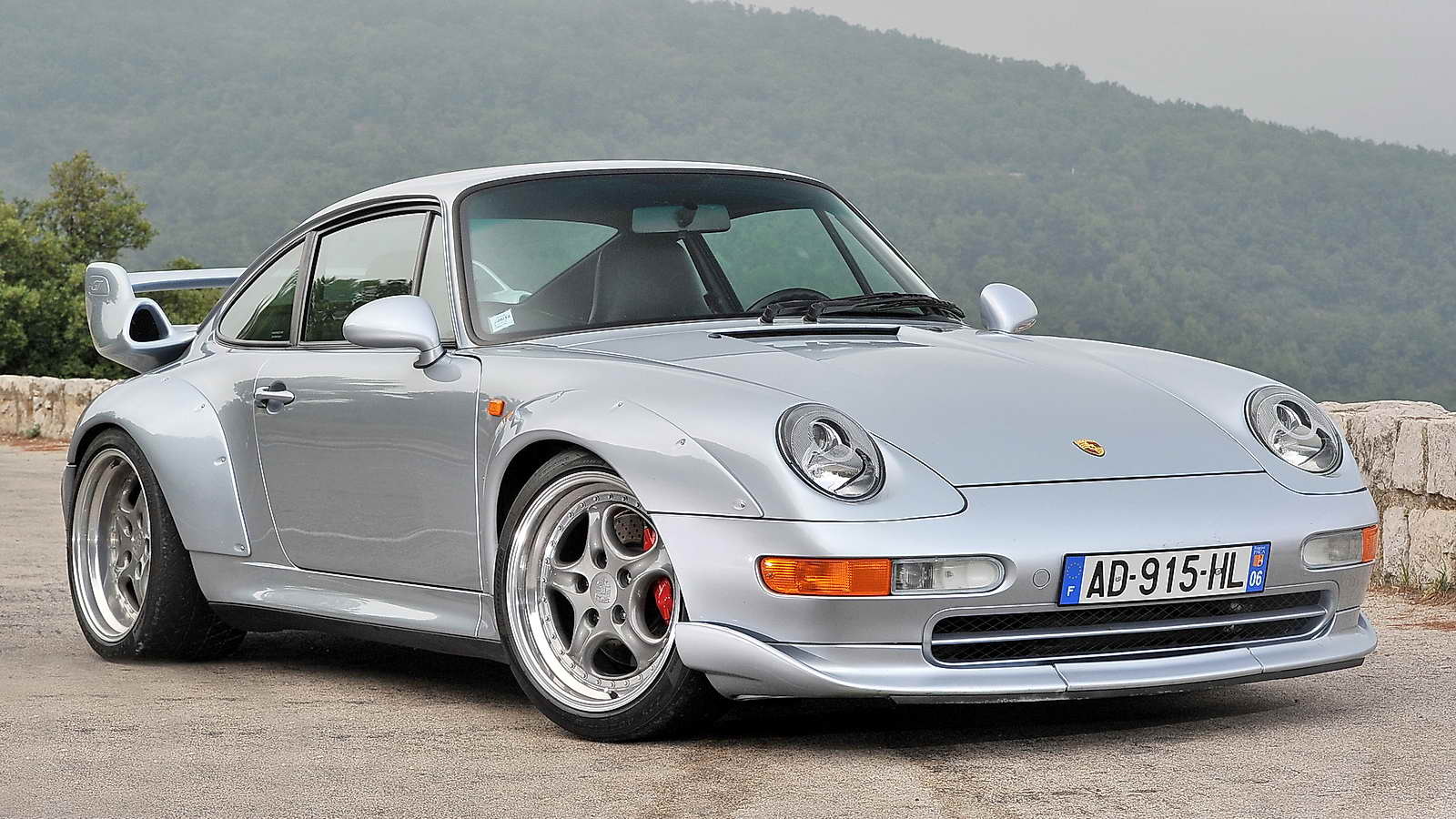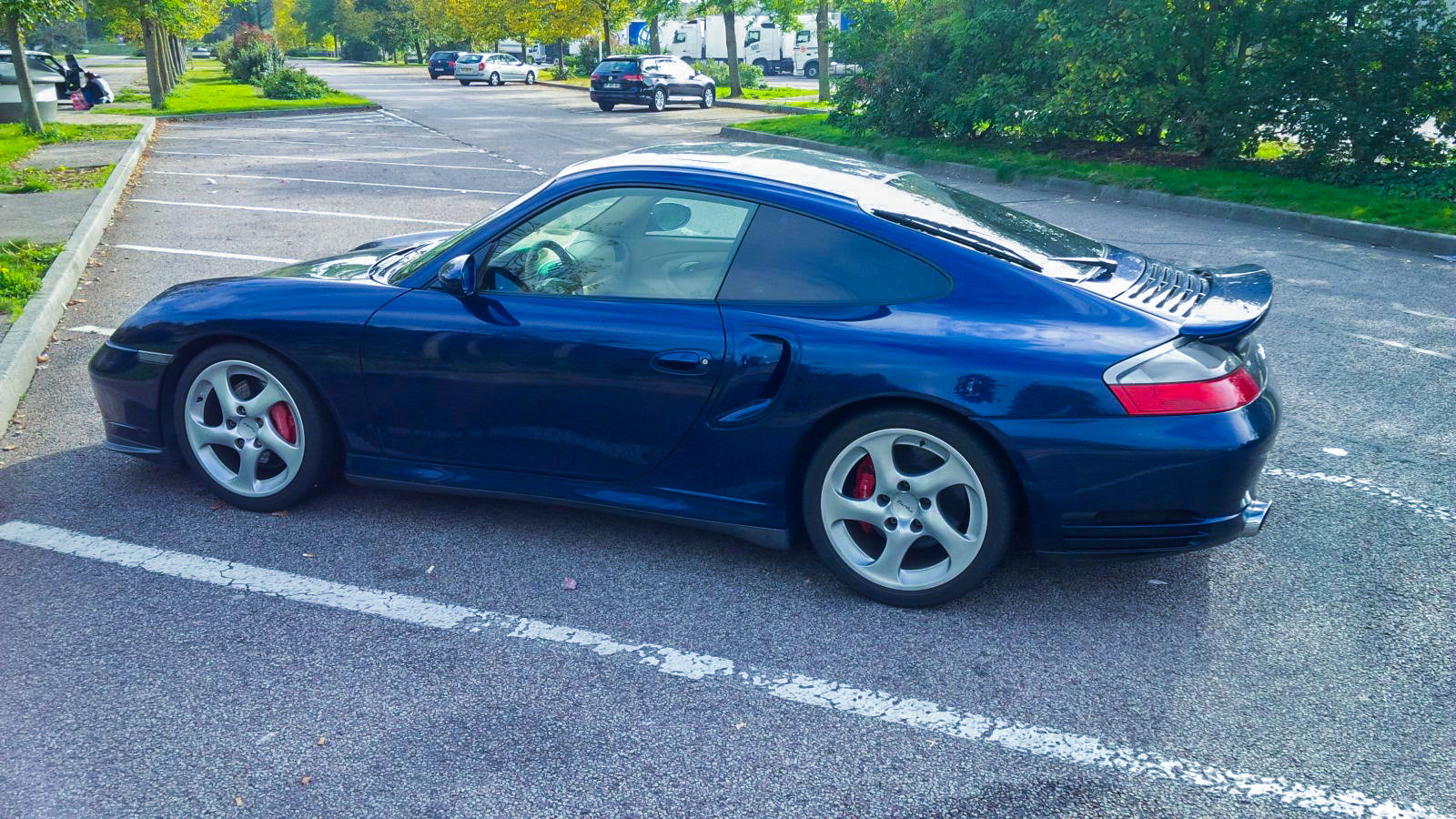5 Beautiful Vintage Porsche 911 Turbos
The 911 Turbo is one of most celebrated legacies in automotive history. Here's why!










1st Generation
The first generation 911 Turbo started it all! The 911 Turbo debuted at the Paris Auto Show in 1974 and sparked the attention of millions of auto enthusiasts around the world. The large rear wing and ventilation slits made this car extremely noticeable and intimidating. Purists of the era were doubtful of the turbocharged 3.0 liter horizontally-opposed six cylinder engine as turbocharging was a relatively new concept. For its time, the 911 turbo was extremely powerful, producing over 260hp; making it the fastest German sports car on the market. However, since turbocharging technology was not quite refined, many of these 911 turbos ended up with blown engines or shaky reliability at best.
2nd Generation
The 911 Turbo gained its legendary status during its second generation. Known as the 930 Turbo, the second generation had an increased engine displacement of 3.3 Liters and an intercooler, pushing power output to 300hp which was unheard of from a six cylinder sports car. Along with the great increase in power came an exceptional increase in fuel economy. Also, during this generation, the legendary convertible and Targa top variants of the 911 Turbo were released. In 1988, a 5-speed gearbox with closer ratios replaced the outdated 4-speed, further increasing fuel economy and acceleration. By 1989, the 911 Turbo because one of Germany's best selling cars.
3rd and 4th Generation
The next generation 911 Turbo brought with it more breakthroughs and performance records. Power output was now an amazing 320hp thanks to further tweaking and optimization of the same 3.3 Liter engine from the second generation. The most significant change came to the suspension package as a coil and damper design was used instead of the torsion beam suspension from previous generations. This made handling more predictable and rewarding. Although the exterior looked relatively unchanged, the car gained many technological features such as ABS, Power steering, and an optional automatic transmission. The 4th generation 911 Turbo brought with it an increase in power output to 360hp, wider rear flared arches, and the introduction of the radical 911 Turbo S.
5th Generation
The 993 fifth generation 911 Turbo marked the last of the purist air-cooled Porsches. Still to this day, an air-cooled Porsche 911 is regarded as a novelty car to own due to its legacy and unparalleled driving experience. To continue the trend of increasing power output, Porsche used its 3.6 Liter engine with twin turbochargers to produce 408hp. The 993 Turbo was also the first 911 Turbo to use an all-wheel drive system to help improve its acceleration and cornering capabilities. The aerodynamics of the 911 Turbo was also significantly improved due to larger air scoops in the front and a redesigned rear spoiler.
6th Generation
The 996 Turbo is one of the only affordable 911 Turbos in the market right now. This generation marked the first water-cooled Porsche 911, which improved efficiency and modernized the car. The 996 Turbo was powered by twin turbochargers and four-valve technology with variable valve lift, making it the fastest 911 Turbo in history at the time. The 996 Turbo was also a pioneer in environmental awareness due to its reduced emissions and increased gas mileage. The 911 Turbo S model was even more radical with a top speed of 190 mph and standard ceramic composite brakes. These benchmarks made the 911 Turbo S one of the most desirable performance cars of the era!
